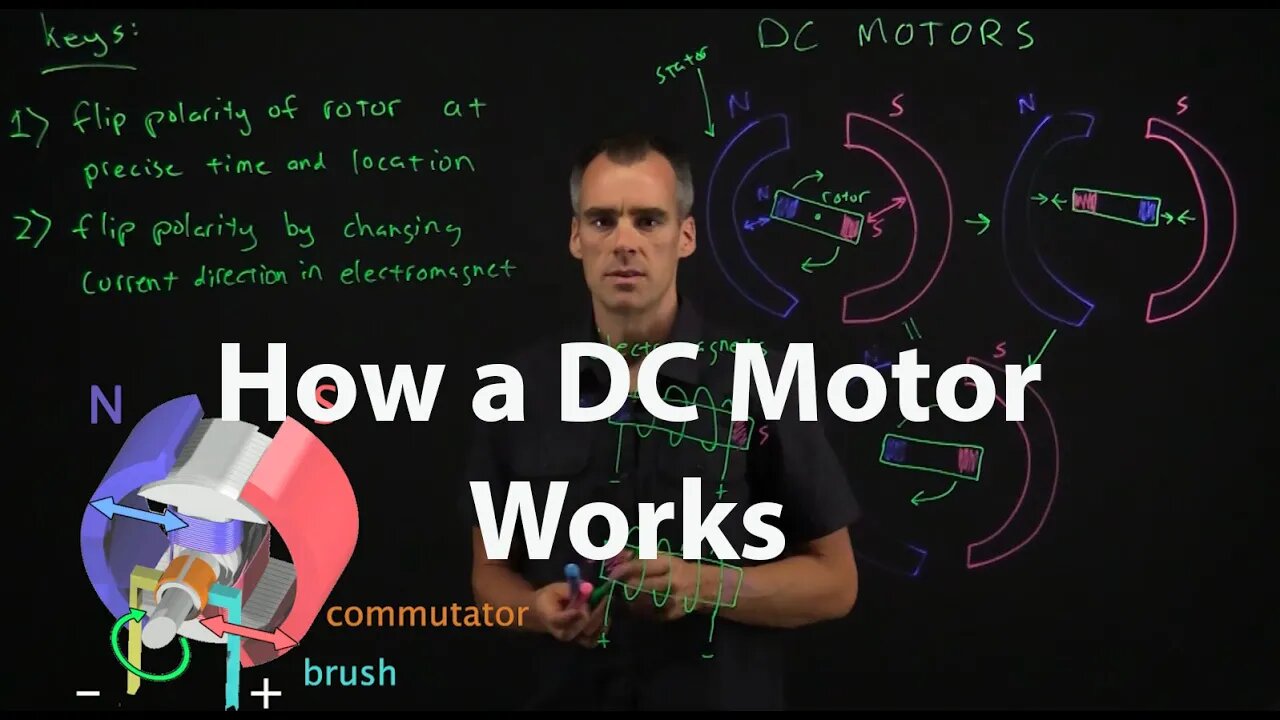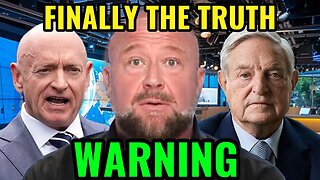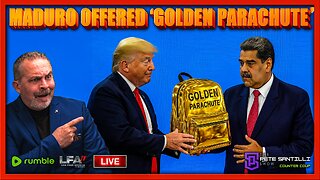Premium Only Content

How a DC motor works: basic explanation of the genius behind it
Electric motors are used everywhere in your house from Let me try and help you understand the basics of a how an electric motor works
Let's start off with some basic diagrams of the fundamentals going on, then we'll move on to see how it works in action.
Allright so the basic structure of a DC electric motor include this outer structure of fixed North and South polarized magnets called the stator poles.
Inside this structure we have another magnet using this shape for simplicity. Unlike the stator this magnet can turn and is called the rotor. Now if the rotor was polarized N on this end and south on this end, the magnetic force would twist clockwise, since the like poles would repel and opposite poles would attract
So you could imagine this rotor will rotate to this position and just stick there because based on the magnetic forces involved.
This is tricky part of a DC motor:
When it gets to this position we switch the polarity of the magnet
So now north is on the left side and south on the right, so rotor will be pulled clockwise again
When it gets back to the position it wants to be in, we flip the magnet polarity again
So it's kind of like a dog chasing continually chasing it's tail around in a circle,
But the key here is we have to be able to switch the polarity, but how?
If the rotor was a typical magnet we would be able to just flip it's polarity,
But.. We can do this easily with an electromagnet
So let's take a quick look at how they work.
Say I have an iron pipe here and I wrap an electrical line around it in a coil
If we run current through from the bottom (positive terminal) to the top (negative terminal) we get an electromagnet polarized with the north on top and south on bottom, like that rotor in the upper left diagram.
But... if the current goes from the top positive terminal to the bottom negative terminal, the magnet will be polarized with the South on top and North on bottom.
So the two keys here are:
We need to flip the polarity of our magnet back and forth, and
We can flip the polarity by reversing the current through the eletromagnet.
So these are some basic diagrams of the fundamentals of an electric motor, how could we keep switching the polarity of the magnet at exactly the right time?
To answer that question let's take a look at a more realistic looking DC motor.
So here we have such a motor. The stator has the north pole on the left and south pole on the right like in our diagram.
Now you can see our positive electric terminal is connected on the right side of our coil, and wraps around until it comes out at the left side of the rotor, which is connected to the negative terminal. So just like in our earlier diagram, this creates a South pole on the right of our rotor and a North pole on the left.
The north poles of the stator and rotor will repel each other, as will the south poles, causing the rotor to turn clockwise from this position
We get to this position and it will still want to keep turning clockwise
Now we get to this position and it will still want to keep turning clockwise
But... notice the electrical connection between the + terminal called a 'brush' and the metal ring called the commutator
If the rotor keeps going clockwise, the positive brush terminal will switch from commutator side that is going to left side to the commutator right that is going to right side.
When that positive terminal switches to feeding the right side, the current throuh the wire will be reversed, and the right side will become the North pole, and left side the South pole again.
And when that happens, the polarities switch, and we back again to exactly where we started, although the rotor has only done a 180 degree turn at this point.
So you see, we don't need a complicated switch with perfect timing to switch the polarity of the electromagnetic at exactly the right position and time. Setting up the motor like this allows it to switch automatically when it is in the right position.
Running this through a couple times you can see how the motor will keep turning clockwise as the polarity of the magnet keeps switching every half-turn.
-
 LIVE
LIVE
Nerdrotic
3 hours ago $28.95 earnedWB Sale is Hollywood's DOOM! | Stranger Things REVIEW | BBC Get's F*%#@! - Friday Night Tights 382
7,034 watching -
 LIVE
LIVE
Barry Cunningham
2 hours agoBREAKING NEWS: PRESIDENT TRUMP GOES SCORCHED EARTH ON BLACK FRIDAY! DEMOCRATS IN A PANIC!
1,894 watching -
 20:17
20:17
Stephen Gardner
2 hours agoAlex Jones WARNS Trump of Soros funded Coup!
4.51K29 -
 1:39:07
1:39:07
vivafrei
4 hours agoWhy Was He Here? Biden Cover-Up of Assault by Afghan Refugees? When Satire Meets Reality & MORE!
14.6K21 -
 LIVE
LIVE
LFA TV
21 hours agoLIVE & BREAKING NEWS! | FRIDAY 11/28/25
1,567 watching -
 UPCOMING
UPCOMING
Edge of Wonder
1 hour agoSpiritual Awakenings to Prophetic Dreams & Transformation: Sherri Divband Interview
233 -
 UPCOMING
UPCOMING
The Mike Schwartz Show
3 hours agoTHE MIKE SCHWARTZ SHOW Evening Edition 11-28-2025
433 -
 1:05:35
1:05:35
Russell Brand
5 hours agoMAHA Summit: Comedy, Controversy & Clarity - SF656
65.2K24 -
 49:45
49:45
Liberty Hangout
1 day agoThe Left HATES America and Can't Change My Mind!
80.8K93 -
 23:42
23:42
The Kevin Trudeau Show Limitless
2 days agoThe Brotherhood’s Ancient Mirror Code Revealed
33.4K14